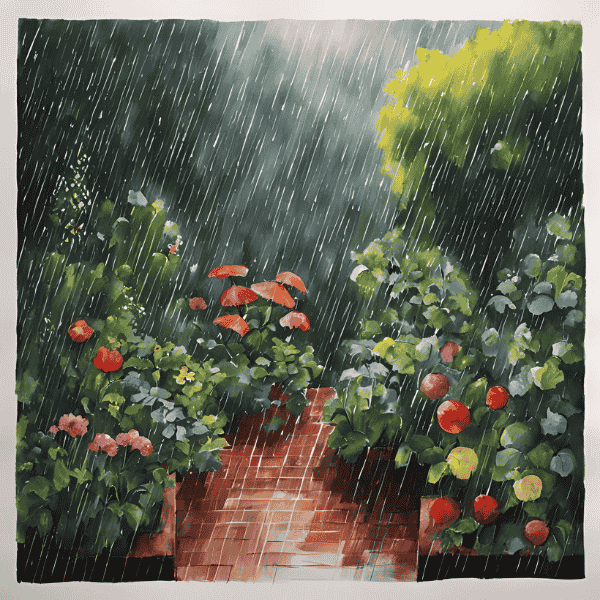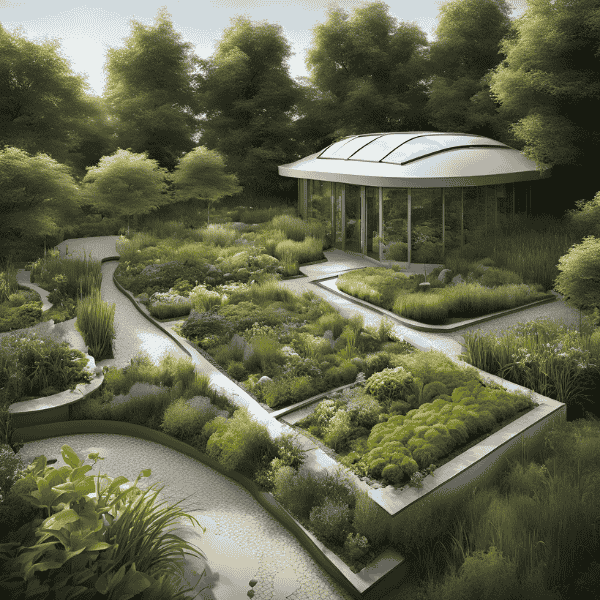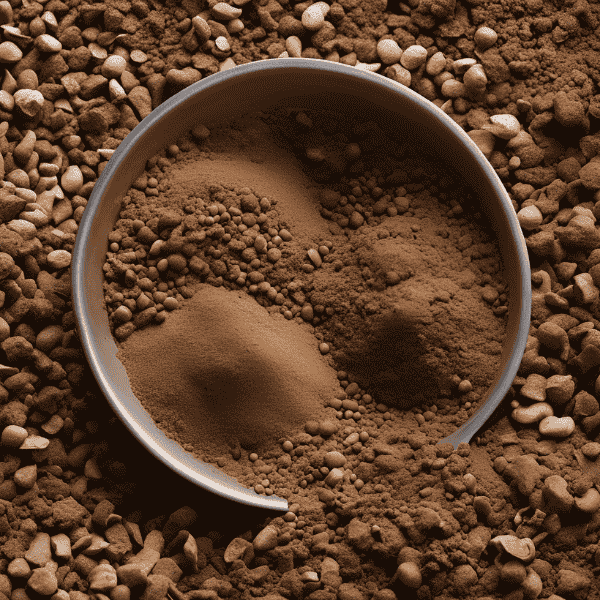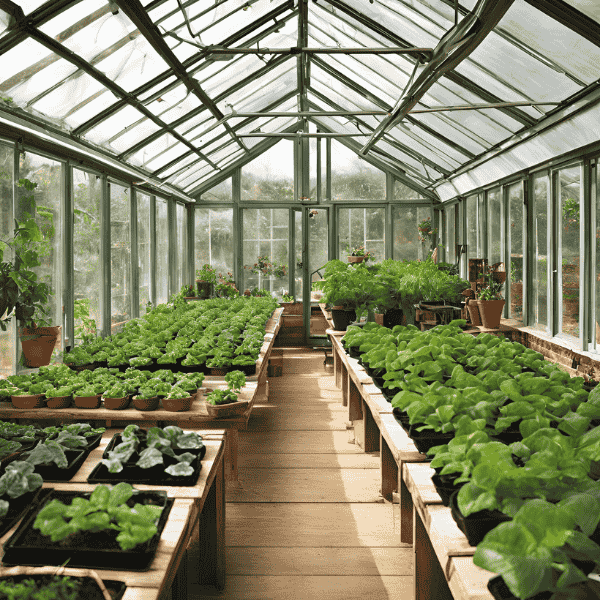Selecting the Perfect Climate: A Guide to Thriving GardensSelecting the Perfect Climate: A Guide to Thriving Gardens
Have you ever planted something with high hopes, only to watch it struggle or fail? Chances are, the climate played a bigger role than you might think. Gardening isn’t just about soil and sunlight; it’s also about working with the weather. Understanding your gardening zone and planting at the right times can make all the difference. Let’s break it down in a way that’s simple and practical.
Identifying Your Gardening Zone

Identifying Your Gardening Zone
First things first—what’s a gardening zone? Think of it as a guide to help you figure out which plants can handle the highs and lows of your local weather. In the U.S., you’ve probably heard of USDA Hardiness Zones. They’re based on the coldest temperatures in your area, so you know what plants can survive your winters.
- How to Find Your Zone: It’s easy! Search for a gardening zone map online and enter your zip code. You’ll get a number that tells you which plants thrive where you live.
- Why It’s Important: Choosing plants suited to your zone saves you from heartbreak later. For example, a tropical flower might look stunning, but if you live in a cold climate, it’s likely to struggle—or not survive at all.
- Microclimates Matter Too: Even within your yard, you might have areas that behave differently. Maybe that sunny patch by the fence stays warmer in winter or the shady corner is always cooler. Use these microclimates to your advantage!
Best Planting Times According to Local Climate
Now that you know your zone, it’s time to get planting! Timing is everything in gardening—plant too early, and frost might wipe out your hard work; plant too late, and your crops might not mature.
- Frost Dates Are Key: Every gardener needs to know their first and last frost dates. They act like bookends for your growing season. Cool-weather crops like lettuce and peas are fine with a little chill, but heat-lovers like tomatoes need frost-free days.
- Planting Through the Seasons:
- Spring: It’s go-time! Start with greens, root vegetables, and early blooms.
- Summer: This is the moment for sun-loving plants like peppers, squash, and zinnias.
- Fall: Cooler days call for hardy veggies like kale and broccoli.
- Winter: In warmer areas, you can grow some crops year-round or prep your soil for spring planting.
- Ask Around: Local garden centers and seasoned neighbors are goldmines of information. They know which plants thrive in your area and can give tips about unpredictable weather.
A Few Insider Tips
- Keep a Journal: Jot down what works and what doesn’t. Over time, you’ll notice patterns that make planning easier.
- Watch the Weather: Apps and local forecasts can help you dodge frost or plan for an unexpected heatwave.
- Be Flexible: Gardening is full of surprises. Sometimes a new plant or technique can thrive, even if it’s not traditionally grown in your area.
A Final Note
Gardening is as much about discovery as it is about growth. By understanding your climate and planting with the seasons, you’ll give your garden its best chance to thrive. Embrace the process—there will be some hits and misses, but each one is a step toward creating a space that’s uniquely yours. Take your time, enjoy the journey, and let your garden surprise you! 🌱



